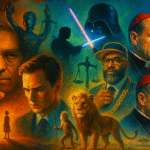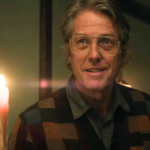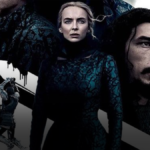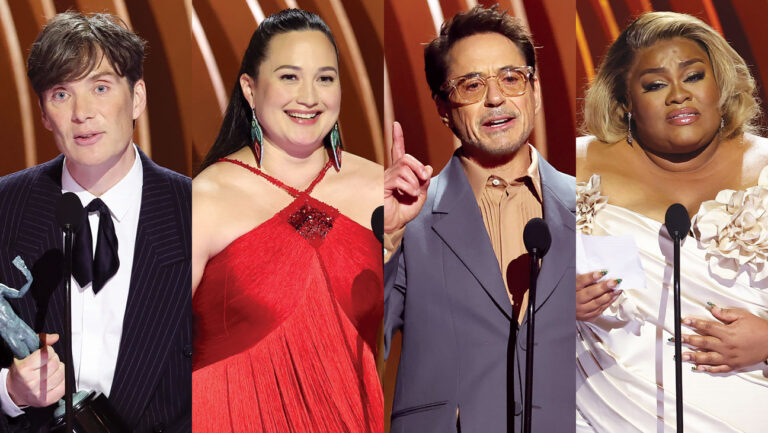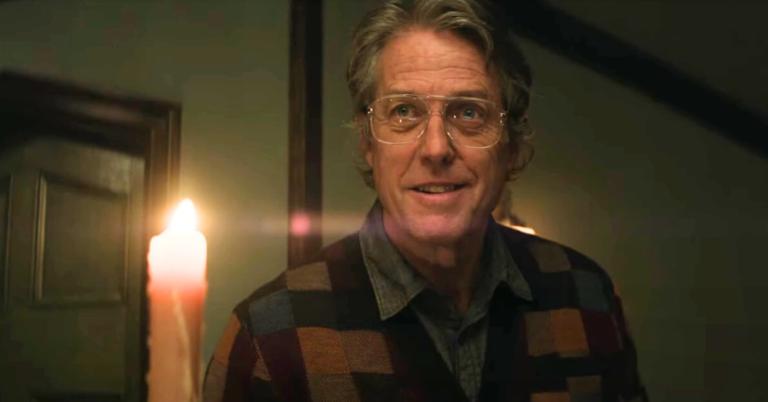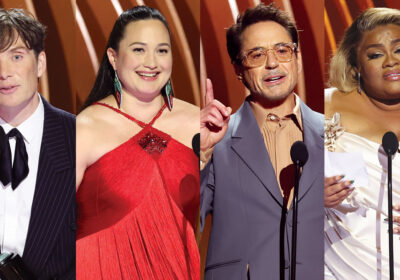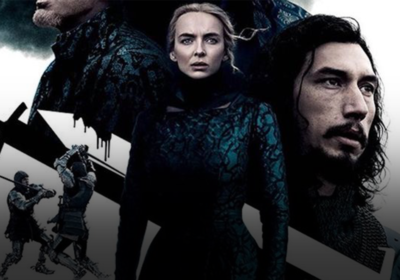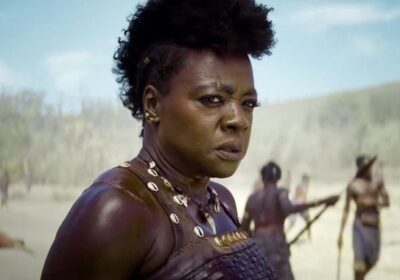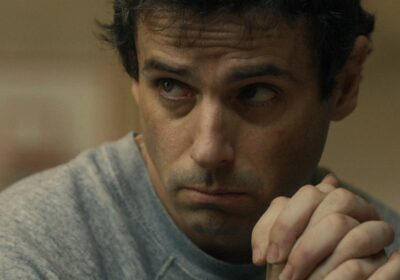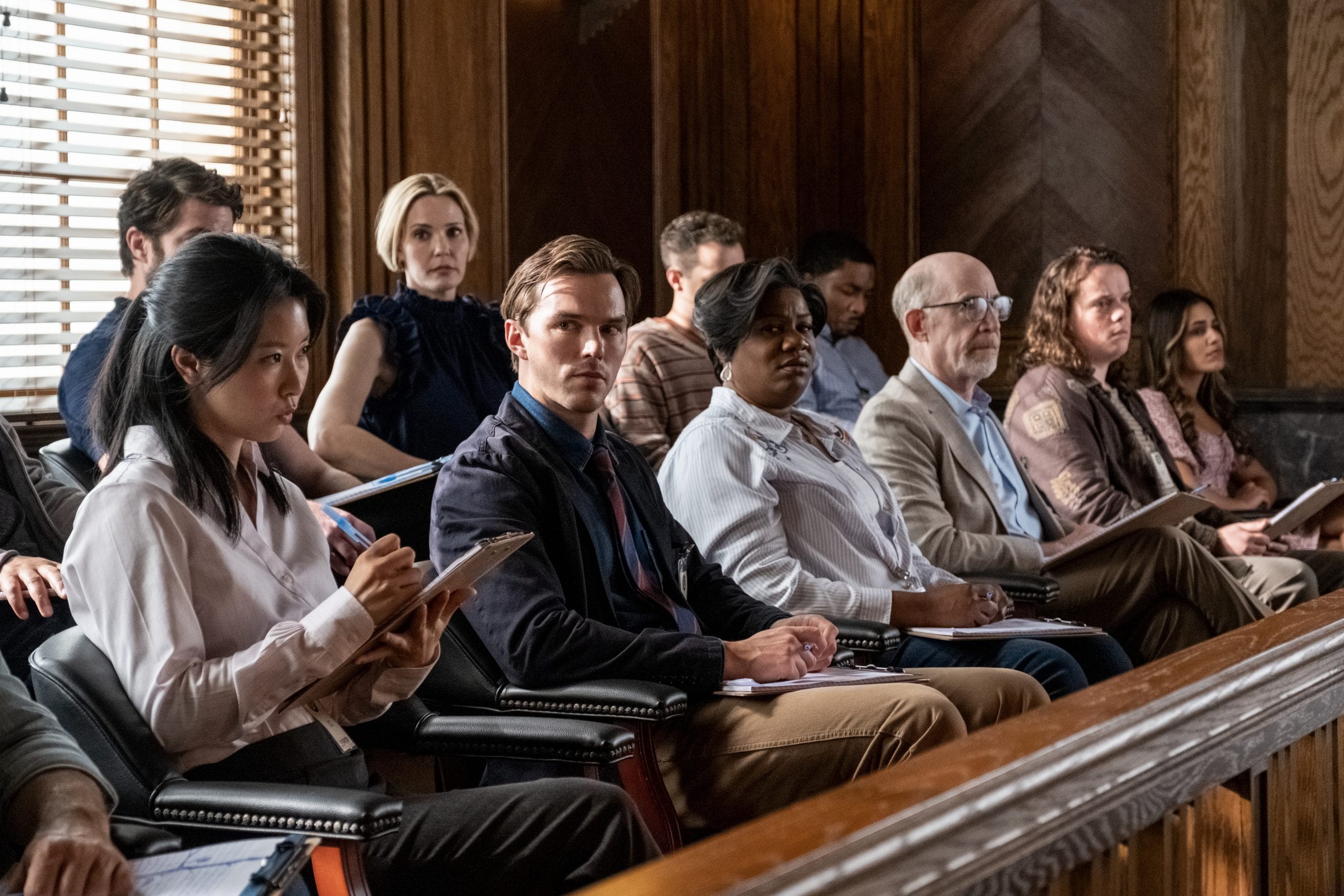
Juror #2 Explained: How Bias and Ambition Shape Justice
In Clint Eastwood’s gripping courtroom drama Juror #2, audiences are thrust into the heart of the American judicial system, a place where truth, justice, and human biases collide. The story centers around Justin Kemp (Nicholas Hoult), an ordinary family man with a devastating secret: the defendant whose fate he holds in his hands may not be guilty of the crime at all—because Justin himself is the perpetrator. This is revealed very early in the movie to qualify for a spoiler and the fact that Justin is the one who actually committed the crime is not the bane of the story.
This moral quandary, compounded by the jury’s imperfections and the trial’s ulterior motives, chillingly explores whether justice can truly be served in a system built on human imperfection. To understand this better, let us examine some of the jury members. This movie paints a vivid picture of the biases that infiltrate jury deliberations. Every juror brings personal history, prejudices, and motivations into the courtroom, often making impartiality an ideal rather than a reality.
Consider the woman played by Adrianne C. Moore (Orange is The New Black) desperate to return home to her children. Her impatience to leave transforms her into an advocate for a swift conviction—not because she believes in the defendant’s guilt, but because her personal obligations outweigh her duty to justice. What about Marcus (Cedric Yarbrough), whose life experience with gang members leads him to view the defendant’s tattoo as irrefutable evidence of criminality, projecting his own fears onto the case. and then there is Denise (Leslie Bib, Palm Royale), triggered by her own experience with domestic abuse, finds herself unable to separate her trauma from the abusive tendencies of the defendant. These biases, though human, skew the deliberative process and call into question the fairness of the verdict.
The film doesn’t just critique individual biases; it implicates the system itself. Jury duty often feels like a civic burden, disproportionately falling on individuals with fewer obligations or less demanding schedules. Those who serve may not represent a true cross-section of society, raising the question: are these juries truly equipped to deliver justice?
Adding another layer of complexity is the district attorney Faith Killebrew (Toni Collette, The Sixth Sense), whose pursuit of a conviction is motivated by her political aspirations. Running for higher office, she views this high-profile murder trial as a stepping stone, prioritizing a win over uncovering the truth. This mirrors real-life cases, such as the Hernandez trial, where high stakes and media scrutiny often incentivize prosecutors to seek convictions at all costs. The film provocatively suggests that justice becomes a casualty when ambition takes center stage. In Juror #2, the DA’s calculated strategies create an environment where the scales of justice are tipped—not by evidence, but by the prosecutor’s hunger for power. This raises a profound ethical dilemma: what happens when the people entrusted with upholding justice prioritize personal gain?
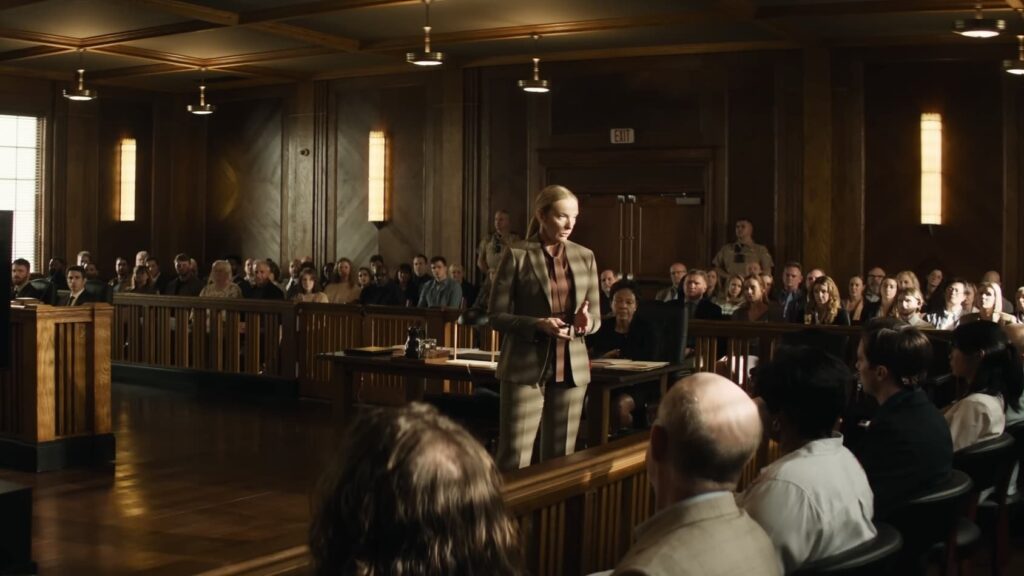
At the heart of the film is Justin Kemp’s internal battle. He is the man who committed the crime yet sits on the jury, tasked with deciding the fate of an innocent man. Justin embodies the film’s central question: is justice truly about finding the truth, or is it about following the law? If Justin confesses, he destroys his family and future; if he remains silent, an innocent man may be sentenced to death. Justin’s dilemma reflects the broader tension between truth and justice. Sometimes, the law prioritizes procedure over morality, leaving society grappling with cases where the “right” verdict feels wrong. Is it better for a guilty man to go free than for an innocent man to be punished? The film forces viewers to confront these uncomfortable questions.
Through its exploration of jury dynamics, Juror #2 underscores the inherent flaws in a justice system reliant on human judgment. Whether it’s the juror who is impatient, the one haunted by trauma, or the one blinded by stereotypes, biases inevitably seep into deliberations. And when the prosecutor’s ambitions outweigh her pursuit of the truth, the defendant’s guilt or innocence becomes secondary to political goals. The film’s power lies in its refusal to offer easy answers. Instead, it holds up a mirror to society, asking viewers to consider whether true justice is even possible when truth is so often obscured by human imperfection. The question remains: what happens when the people entrusted with justice are driven by their own biases, traumas, or ambitions? Can justice exist in such a system—or is it merely an illusion?
Ultimately, Juror #2 delivers a sobering meditation on the fragile intersection of truth, justice, and morality. Justin Kemp’s moral dilemma, the district attorney’s political maneuvering, and the jury’s biases converge to highlight the precariousness of a system meant to uphold fairness. The film leaves audiences grappling with an uncomfortable truth: Justice, as we understand it, may not always align with the truth. In the courtroom of Juror #2, Eastwood reminds us that justice is not blind—it is human, and therefore fallible. And as the credits roll, we’re left to ponder whether our justice system, so dependent on the flawed humanity of its participants, can ever truly serve its purpose.

